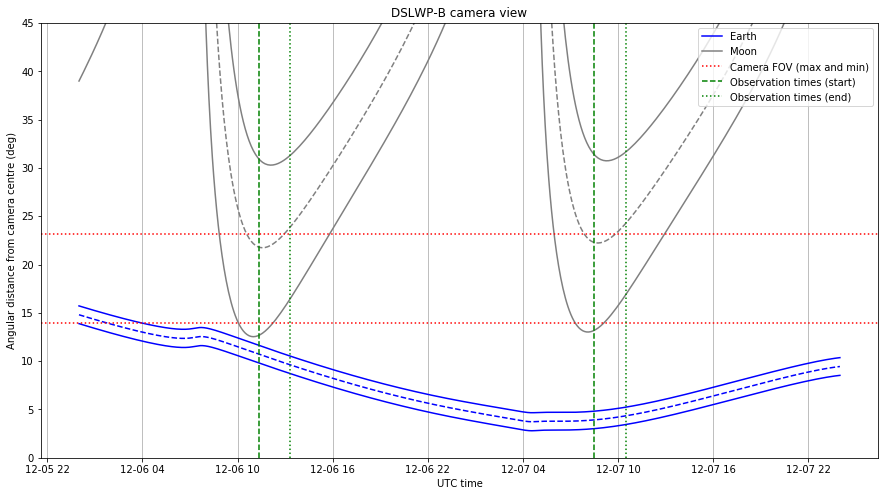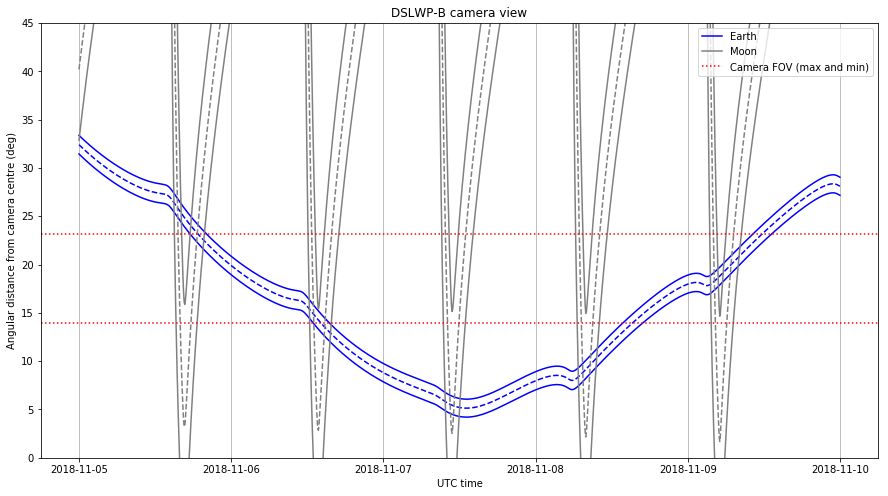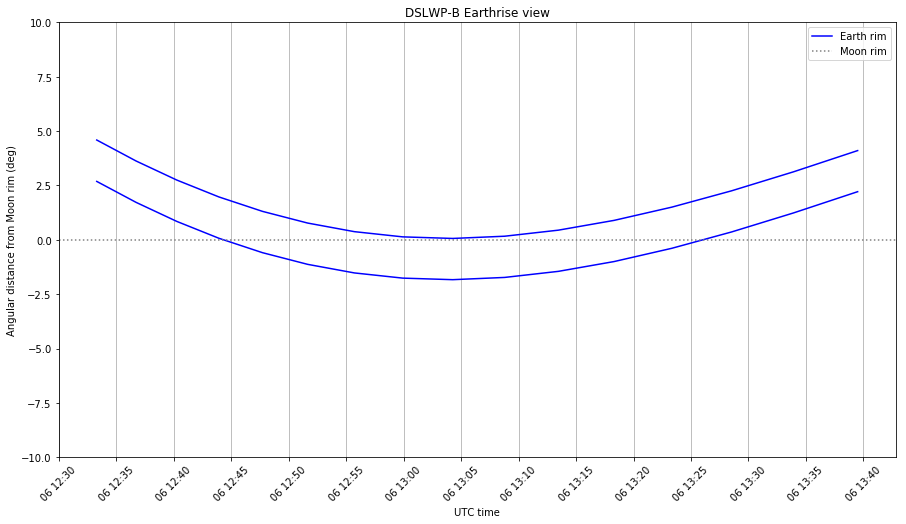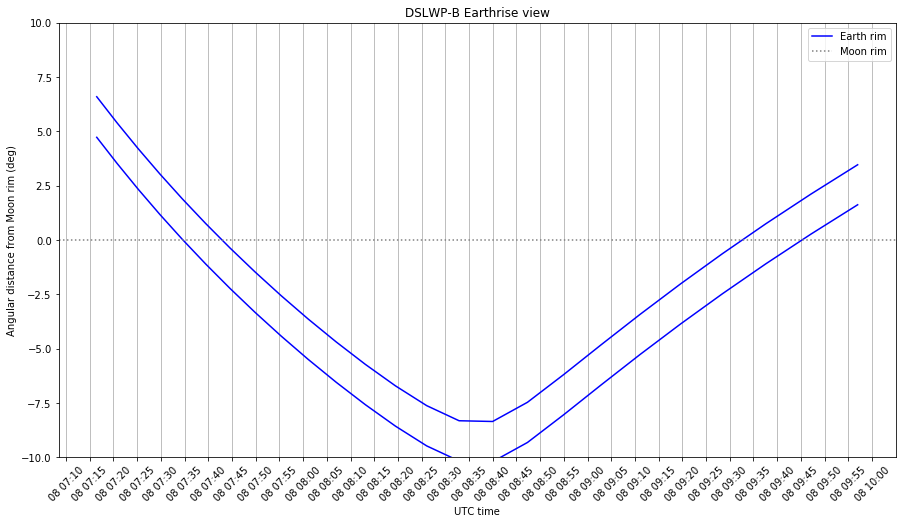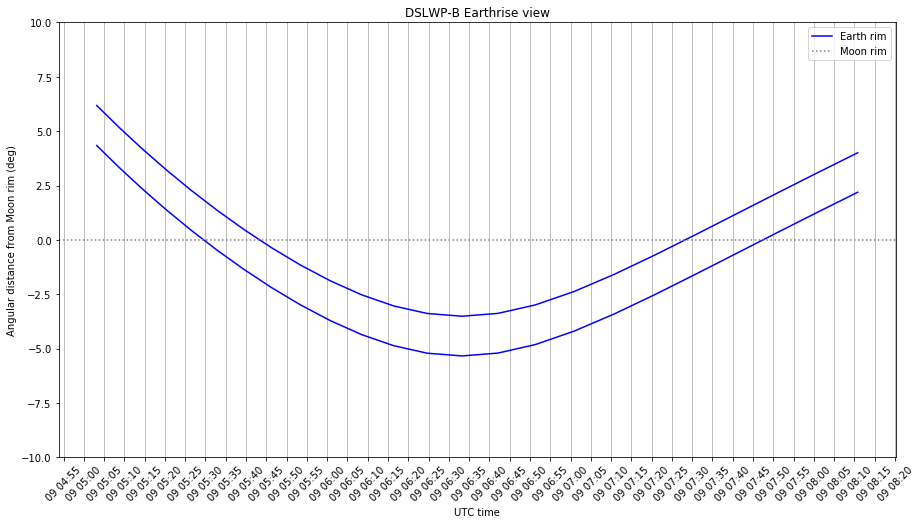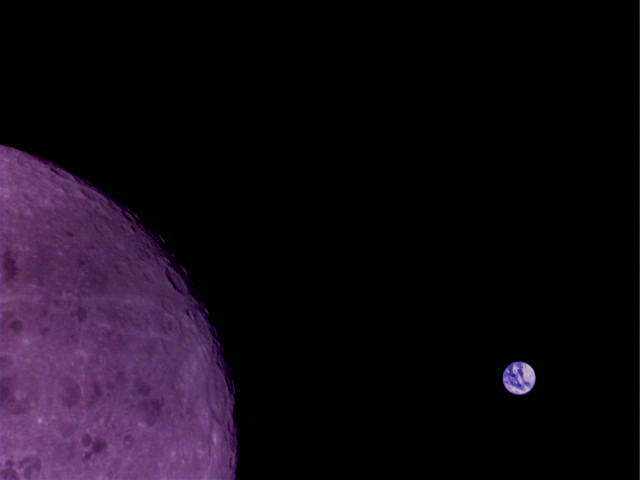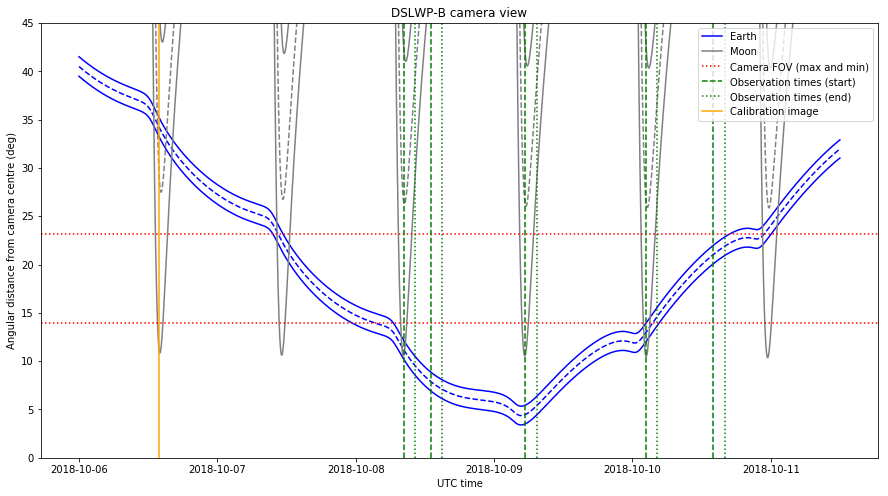Yesterday, December 23, MELCO carried out some in-orbit tests of the Es’hail 2 Amateur radio transponders. Since Es’hail 2 is currently under commissioning, it was expected that at some point the Amateur transponders would be activated for testing, but no announcement of the tests was done in advance. At around 11:00 UTC, Rob Janssen PE1CHL, noticed that the narrowband transponder was active and a carrier signal was being transmitted through it.
Since then, I monitored most of the tests and sent updates on Twitter, together with other people (see also the posts in the AMSAT-DL forum). Without knowing the details of the test plans, we limited ourselves to watching and following the tests that were being made. If some schedule of the tests had been published in advanced, we could have thought, prepared and performed some interesting measurements on the downlink signals.
I understand that since these tests are carried out by MELCO, AMSAT-DL might not have the specific details, but still I think that AMSAT-DL is publishing very little information about Es’hail 2 events. It was only at 22:35 UTC that AMSAT-DL published a small note on Twitter about the tests. I think the greatest concern is that people start transmitting through the transponder, interfering with the tests. However, since news spread very fast these days through social media, I think that publishing more information rather than keeping things discreetly serves better to prevent people from using the transponder during the commissioning. In any case, I’ll repeat it here:
Es’hail 2 is currently under commissioning. The 2.4GHz uplink of the Amateur transponders should never be used until authorized by AMSAT-DL. The Amateur transponders will sometimes be enabled for in-orbit testing by the MELCO/Es’hailSat/AMSAT-DL engineers. Relax, sit back, and watch the tests on the 10GHz downlink.
I also think that publishing more information would be beneficial to educate the community of radio Amateurs. Some people have asked me about the concept of in-orbit tests. After a satellite is launched into orbit, the performance of all its systems is tested to ensure that it matches design specifications, simulations, and pre-launch tests done on ground. This is important to guarantee that any problems, malfunction or damage that occurred during the launch can be diagnosed and hopefully mitigated by activating backup systems or other reliability measures. In-orbit testing of large satellites can take several months, since there are many complex systems that need to be tested remotely.
In the case of the Amateur radio payload of Es’hail 2, MELCO is carrying out the tests, since the payload was built by MELCO according to the design specifications by AMSAT-DL. The kind of tests they are performing are related to the performance of the bent-pipe transponders. They sweep in frequency the transponders to make sure that the passband shape is as expected. They transmit carriers of different power levels to check for linearity of the transponder and AGC performance, and they try different gain/power level settings of the transponder power amplifier to make sure it performs correctly over all its working range.
This is a rough account of the tests that were made yesterday, using my tweets as a sort of activity log.
